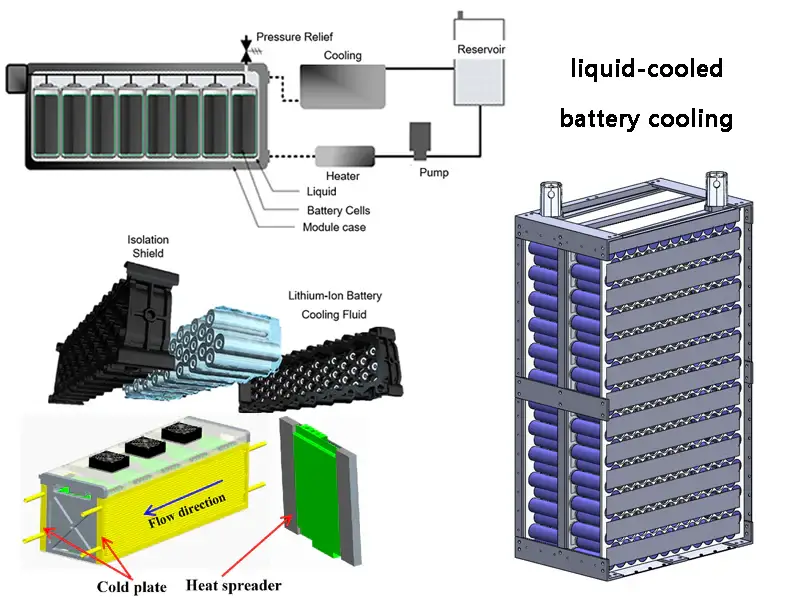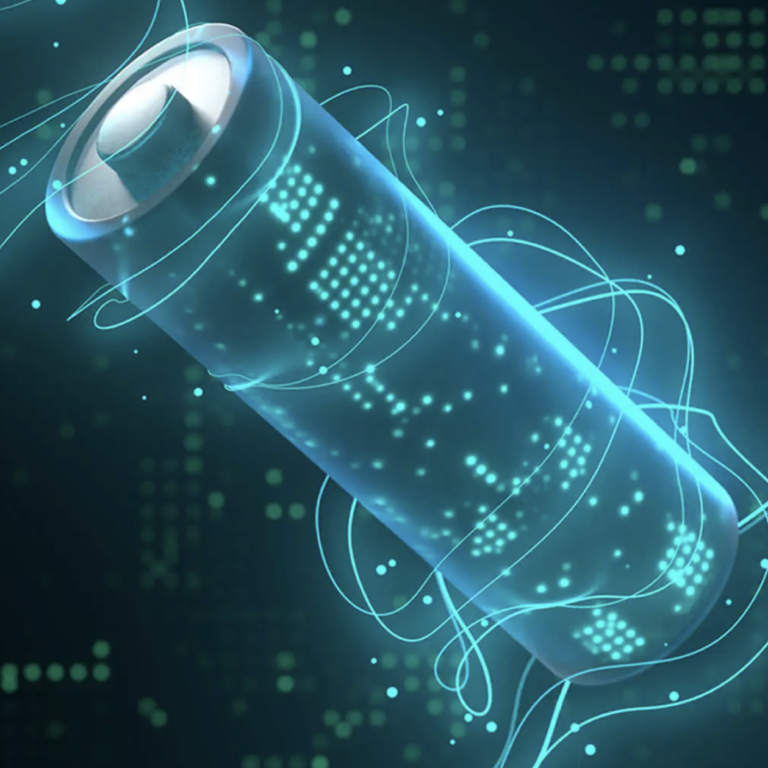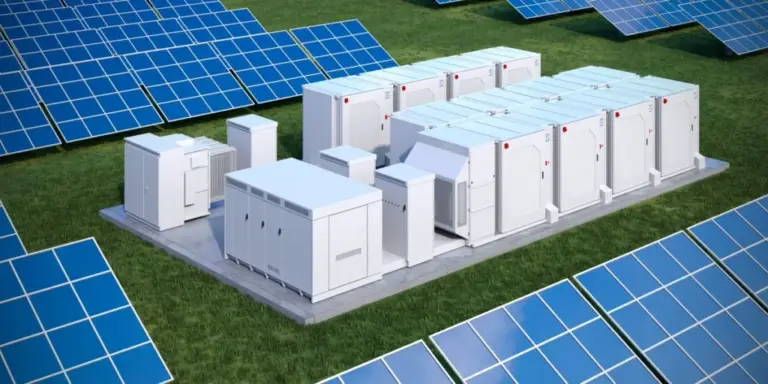Thermal Management of Liquid-Cooled Energy Storage Systems
Compared to traditional air-cooling systems, liquid-cooling systems have stronger safety performance, which is one of the reasons why liquid-cooled container-type energy storage systems are widely promoted.
Liquid-cooled lithium batteries typically consist of two parts: the battery compartment and the electrical compartment. The battery compartment is composed of battery clusters, liquid-cooling systems, fire protection systems, and various other equipment, while the electrical compartment is made up of inverters, transformers, control cabinets, and other components. In the design process of the entire lithium battery energy storage system, it is often necessary to conduct comprehensive design for battery packs, battery clusters, and battery compartments.
In the energy storage system cells, the batteries are mainly connected in series, with each battery group containing 48 cells, thus the battery capacity can reach 43kW·h. To ensure that the energy storage system capacity is controlled at 2.75MW·h, the corresponding rated voltage is 1228V, these batteries need to be connected in series. For example, a battery cluster is generally composed of 8 battery packs. The size of the battery compartment is usually a standard container of 20 feet, with dimensions 6.058m×2.438m×2.896m.

(1) For the handling of liquid cooling leakage issues, liquid cooling joints can be connected using automotive-grade leak-proof cooling tubes.
(2) When setting up the expansion tank in the liquid-cooled container-type energy storage system, it is necessary to set up a liquid level sensor to ensure that in the event of a liquid leak, the protective packaging design is IP67 rated.
(3) For the design of battery packs in the energy storage system, a “S” shaped flow channel can be adopted, and the cooling liquid used is 50% water + 50% ethylene glycol.
(4) When the temperature is above 25°C, the liquid cooling unit enters the cooling mode, and conversely, when the temperature is below 22°C, the cooling mode is stopped. When the temperature is below 15°C, the liquid cooling unit enters the heating mode, and conversely, when the temperature is above 23°C, the heating mode is stopped.
When selecting the liquid cooling circuit for the energy storage system, a parallel configuration is usually adopted because this method can maximize the control calculation of flow rates in different sections, ensuring that the flow rate of the battery cooling liquid meets the balanced demand.
Based on the calculation of cell power and cell temperature rise, I is the cell capacity, and R is the direct current resistance of the cell. The set charge and discharge rate is 0.5C, so under 0.5C conditions, when charging the cell LF280K, the corresponding average value is usually around 12.5W, and the discharge heat power is around 9.5W [5]. However, considering that the number of cells in the energy storage system of the liquid-cooled container is generally set to n.
P = n × P0 = 12.5 × 3072W = 38400W
When setting the maximum temperature rise of the cell △T = 10°C, the mass of the cell is m = 5.42 × 3072kg = 16650.24kg, and the heat generation of the cell temperature rise can be calculated.
Q = Cm △T
In the formula, C is the specific heat capacity of the battery, which is usually taken as 1.055kJ/(kg·°C). Substituting it into the formula, the heat generation of the cell temperature rise can be calculated as 175660.03kJ. The calculation formula for the heat absorption power of the battery itself is
P1 = Q/t
After 2 hours of charging and discharging, that is, t = 7200s, the calculated P1 = 24397W. When the cooling load of the liquid cooling unit is P2 > (P – P1) · k, where k is a safety factor, with a value between 1.2 and 1.5, it can be concluded that P2 > 19.6kW, which also means that the cooling power of the liquid cooling unit is generally controlled at 20kW. However, the normal operating temperature of lithium batteries is between -20~50°C, and the comfortable charging temperature range is generally 0~50°C. Therefore, when lithium batteries need to work in a low-temperature environment, it is necessary to preheat the lithium batteries to effectively increase the cell temperature of the lithium batteries. And when the ambient temperature of the lithium battery is -30°C, the corresponding battery heat absorption calculation method is
Q1 = Cm △T1
△T1 = -30°C, the calculated heat absorption of the battery is 526980.09kJ, and the heat absorption power calculation formula for the battery is
P2 = Q1/t1
t1 = 12h, P2 = 12.2kW. From this, the corresponding heating power can be calculated as 14kW.







